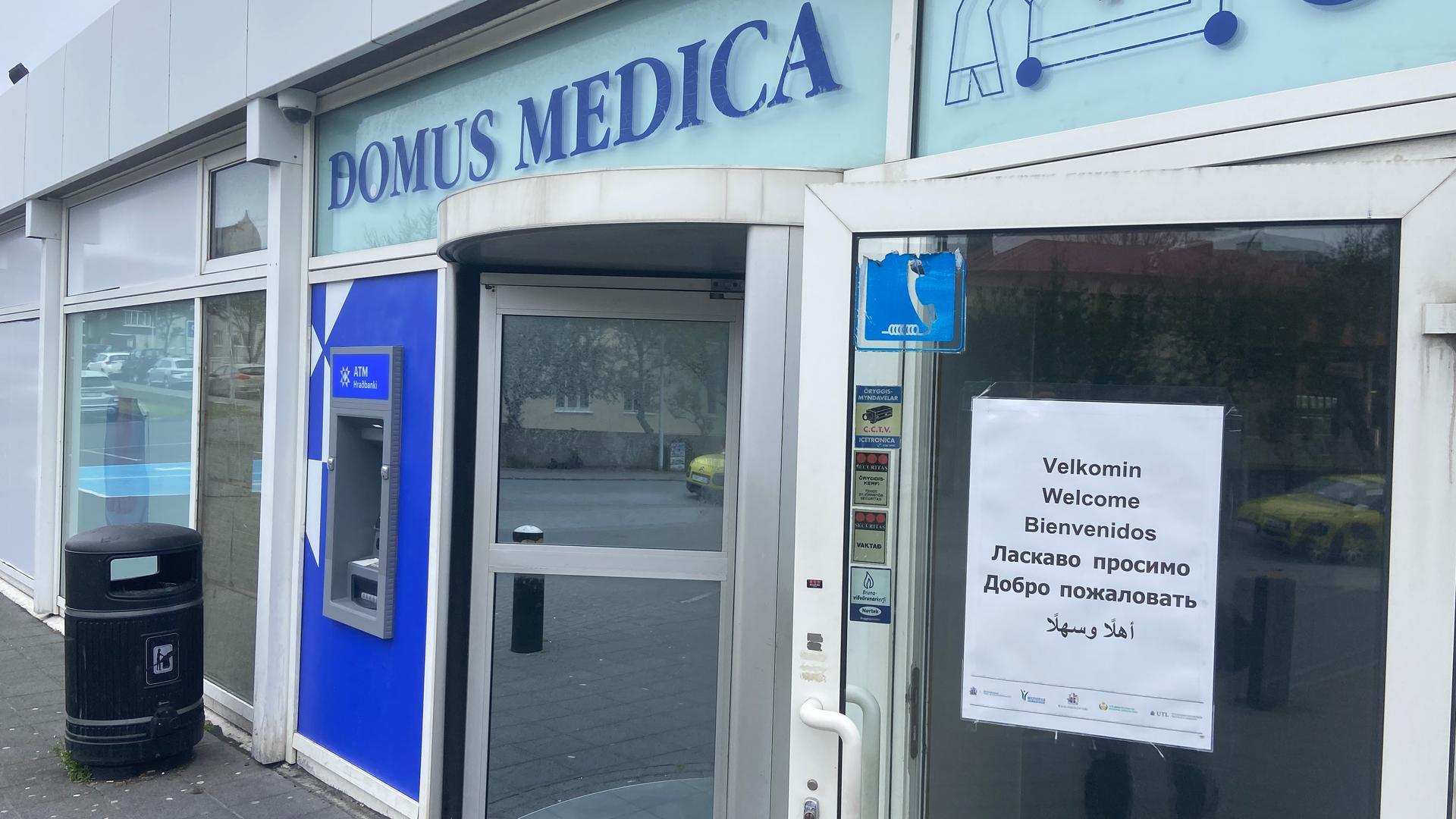On a cloudy afternoon, a 24-year-old Ukrainian named Andrei Veklenkov shuffled into the asylum office, looking dazed. A smiling receptionist told him to take a number and a seat.
Veklenkov sat down, clutching a binder of personal papers to his chest.
“I was working in a military hospital in Dnipro as a paramedic,” he said. “But I realized that the war wasn’t going to end anytime soon. I was exempted from fighting, but I decided to leave.”
Life in Dnipro was difficult, Veklenkov said. There was shooting every night. It took him four days to get from Ukraine to Iceland, and he barely slept, he recalled.
Iceland is one of the farthest European destinations for Ukrainians escaping the war, but about 5,000 Ukrainians have already made the trip. One of the draws: They can get their residency and working papers practically overnight. The process starts at the airport.
There, asylum-seekers are greeted by signs in Ukrainian and English directing them to the police in the capital of Reykjavik. The police then escort them to a building, where, in a matter of hours, they become lawful residents of Iceland.
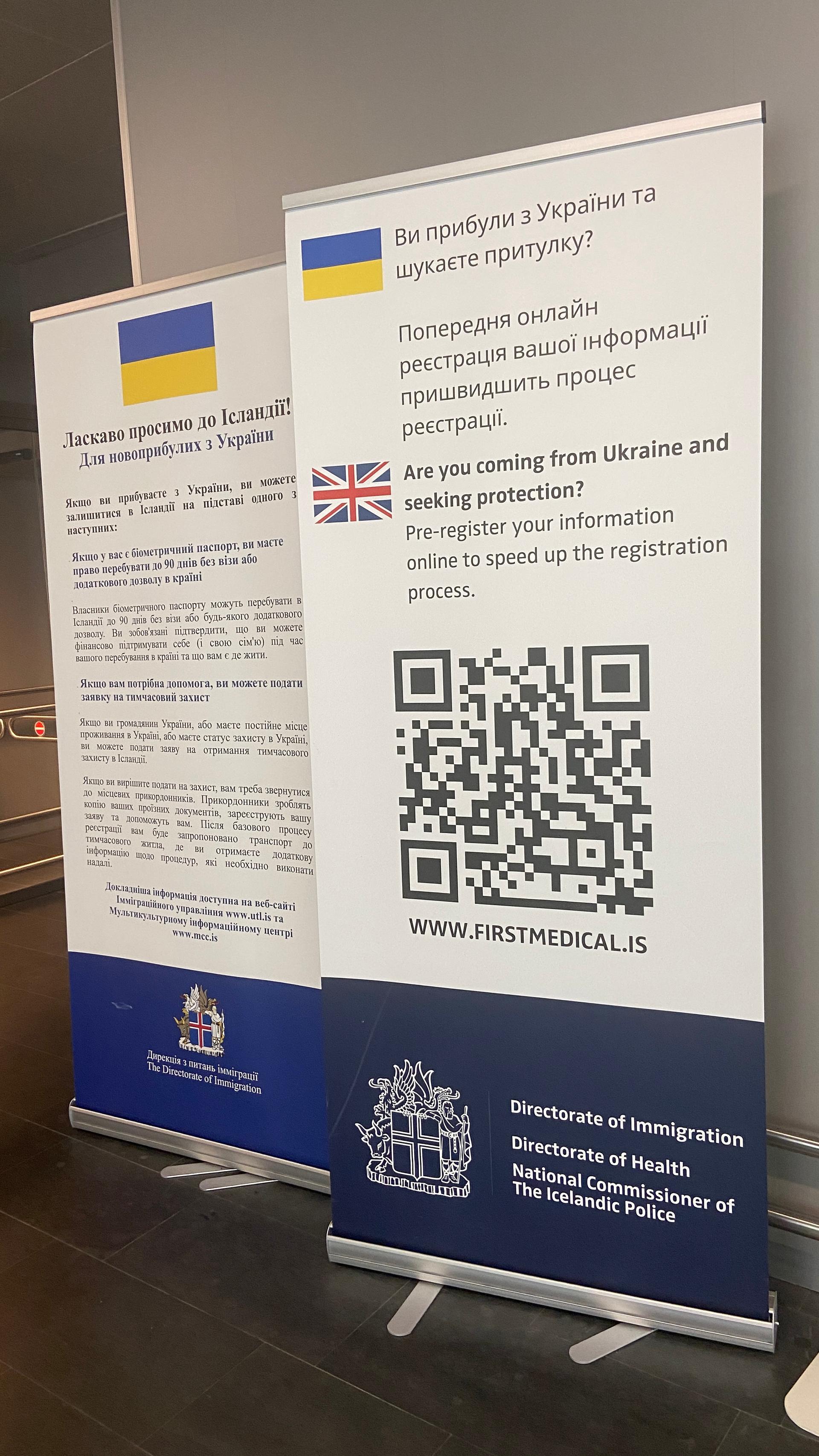
“I was in Romania first, then Italy,” said Veklenkov, who had been in Iceland for exactly one day. “But the people there were not so kind. People here are really friendly, plus I can find a job here.”
Getting working papers in a new country can take months or even years. But in Iceland, Ukrainians are put on a very fast track. The government gives them nearly instant residency as refugees, on humanitarian grounds. It has also created a website in Ukrainian to help them navigate both the bureaucracy and the culture.
Gisli David Karlsson of Iceland’s Directorate of Labor said it’s a one-stop shop.
“An individual from Ukraine that applies this morning? Around 2 or 3 p.m. today he has his Icelandic social ID number,” he explained. “He’s into all the systems, so it’s quite simple. If they find an apartment to rent or if they find jobs,” he said, “they can easily just go onwards with that.”
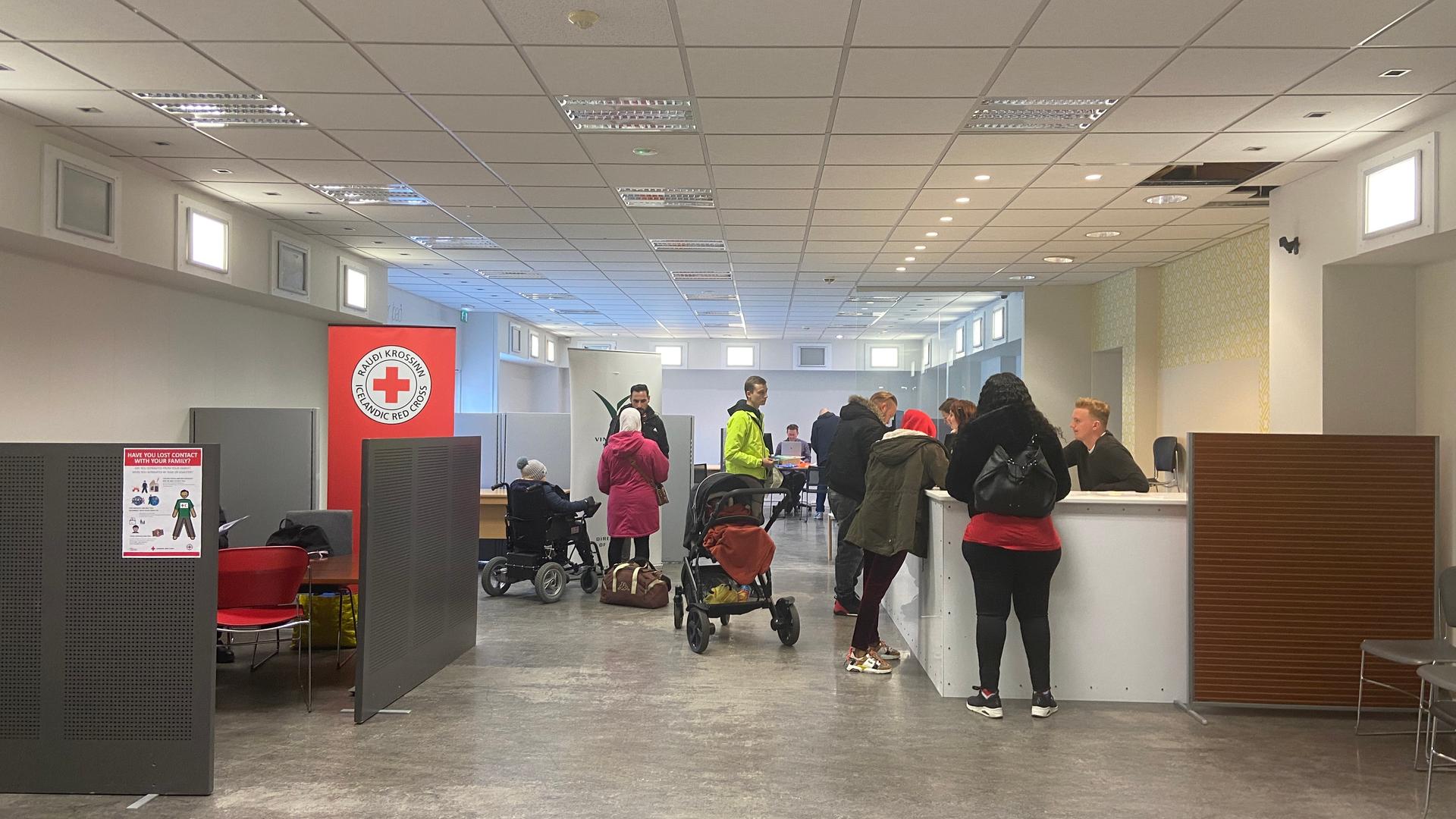
How does Iceland manage to process these refugees so quickly? For one, Iceland’s overall population is small — only about 400,000 people. That makes it easier to get things done, said Gilfi Thorstensson, with the Icelandic Red Cross.
“We are few, and that helps, of course,” he said. “I mean, I have the phone number for I think everybody that matters in Iceland: the president, the prime minister and whatnot.”
If need be, he said, he knows he can call them and do whatever needs to be done.
Iceland’s labor office says it’s helped nearly half of the Ukrainian arrivals to find work, mostly in tourism and food production. And it isn’t just the government lending a hand.
Every Monday night, Ukrainian refugees come to a local church to search through piles of clothes donated by locals. Tables are heaped with jackets, sweaters and boots. There’s bread and hot coffee available.
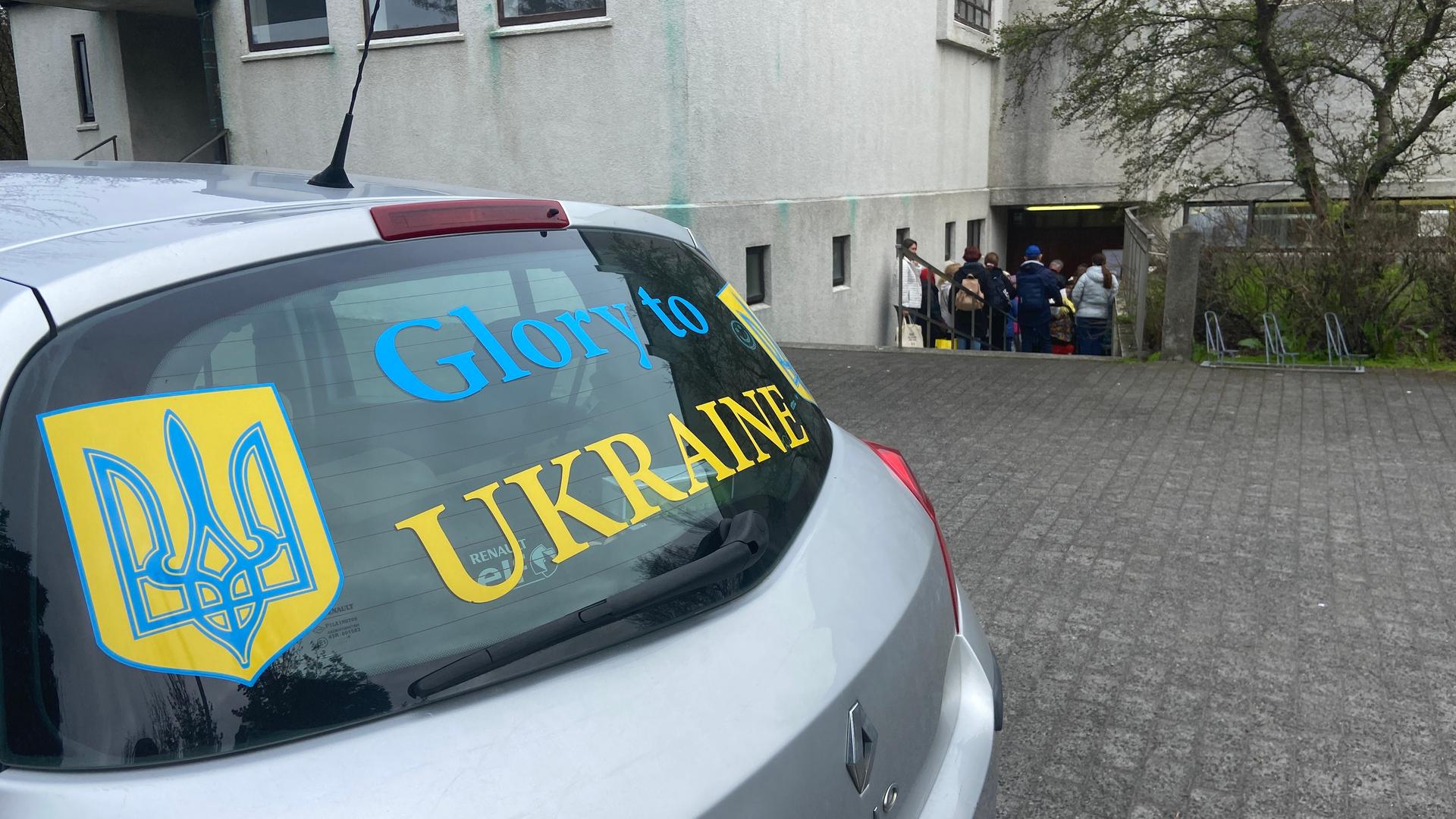
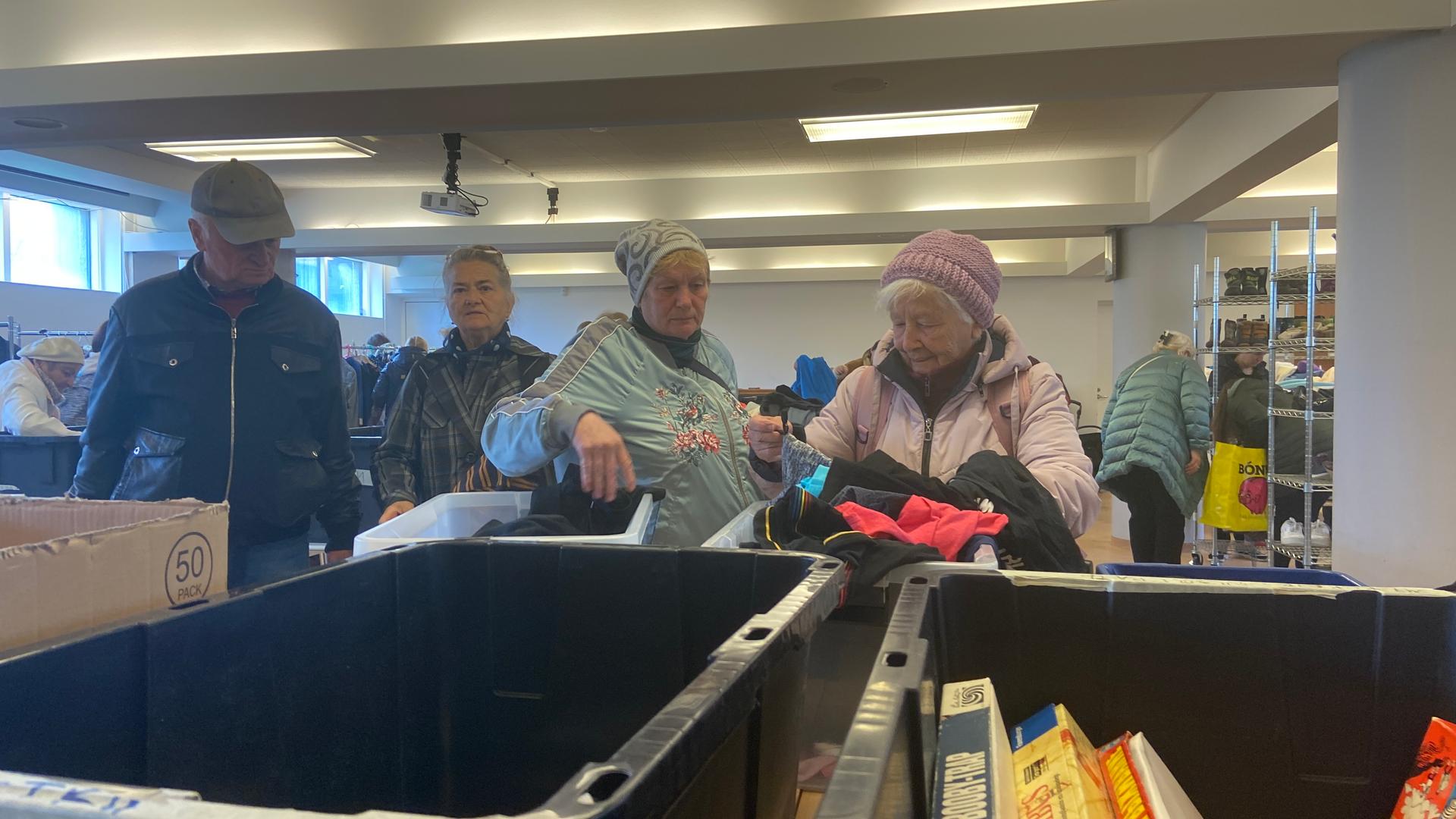
On a recent Monday, a single mother from Kyiv named Yana Miz was there with her 9-year-old daughter, Marharyta.
Marharyta ran back and forth asking for different toys. Her mom said yes to all of them.
The Mizes were among the first Ukrainians to arrive in Iceland in March 2022. Miz is a psychologist. She previously worked with kindergarteners, and now counsels other refugees.
“This is also my education and this is my passion,” she said. “This is something I want to do and I believe I can be useful.”
It’s better to be useful than idle as she and Marharyta integrate into Icelandic society, she said.
“My daughter already speaks fluent Icelandic,” she said. “I think this is the best country. First of all, it is pretty easy for me to feel like home here. I feel welcome and beloved and I appreciate that.”
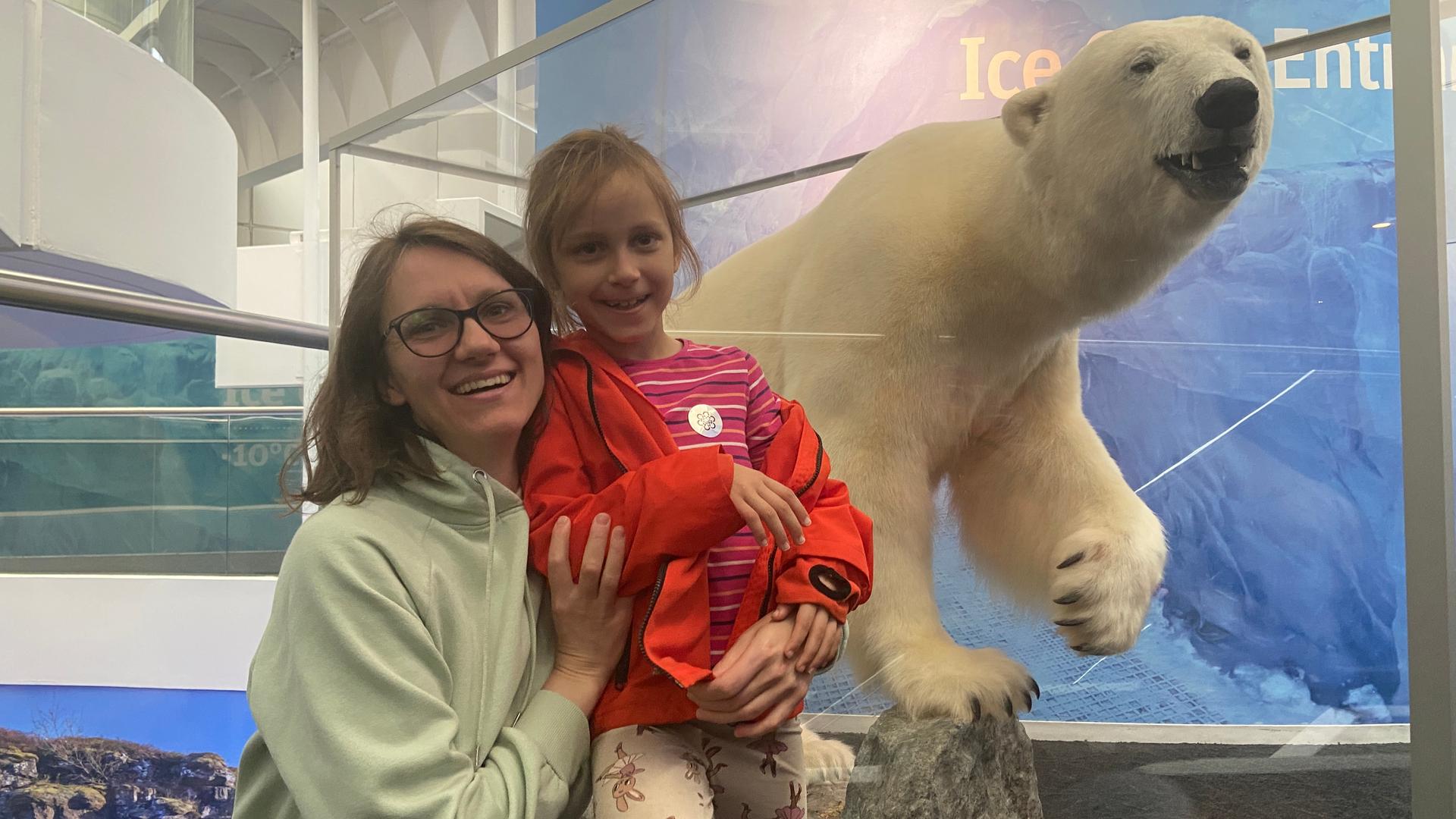
As the war drags on, Ukrainians continue to arrive in Iceland. They now make up more than 1% of the entire population. But there is one big obstacle looming as the need for rapid resettlement persists: housing. It’s expensive, and there’s not enough of it.
Back at the asylum reception center, Veklenkov was sent by cab to a Red Cross shelter. Karlsson, of the labor directorate, said the government will try to find him housing. But it’s getting harder.
“Housing prices have been soaring,” Karlsson said. “Now, we have interest rates that have also been going up, which has slowed down the market. But we haven’t been building enough houses for a long time.”
Karlsson said he hopes the government will build more emergency shelters and convert empty office space into housing.
“I don’t know if you have heard the Icelandic saying, ‘Þetta reddast,’” he said. “It means, ‘It will work out.’ You just run a bit harder, work a bit harder. And so, many times we say, ‘Where can we house these people?’ And then something happens, and we find a solution.”
Whatever the next solution is, it needs to come quickly. About 200 Ukrainians are still arriving every month. And they will all need roofs over their heads.
Related: Denmark welcomes Ukrainians under special law — with an expiration date
The story you just read is accessible and free to all because thousands of listeners and readers contribute to our nonprofit newsroom. We go deep to bring you the human-centered international reporting that you know you can trust. To do this work and to do it well, we rely on the support of our listeners. If you appreciated our coverage this year, if there was a story that made you pause or a song that moved you, would you consider making a gift to sustain our work through 2024 and beyond?
